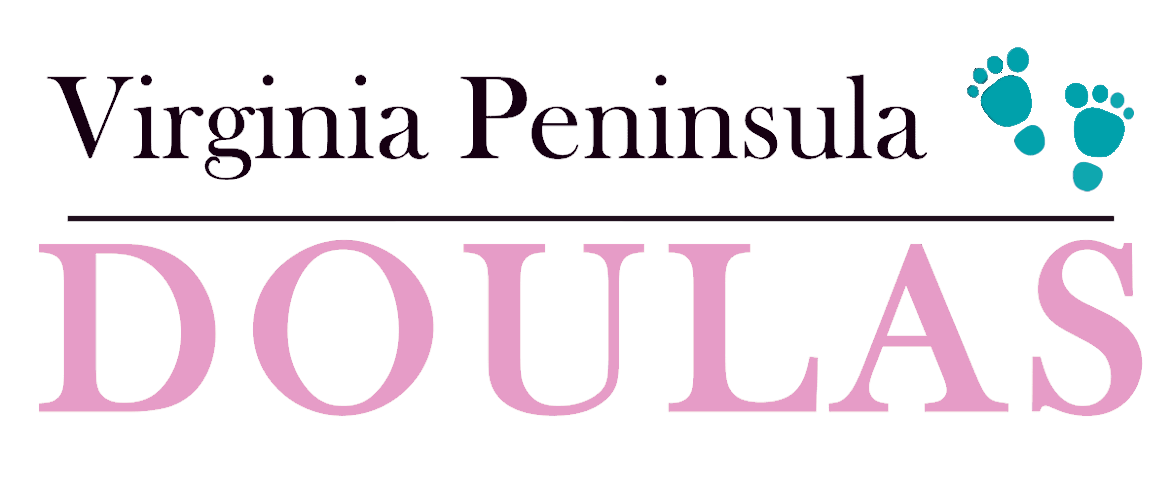K.I.S.S.
The K.I.S.S. method is always the way to go when formulating your birth plan. Keeping things clear and simple helps your providers work with you in the delivery room. Complicated or convoluted birth plans generally end up in the trash bin. Nurses, doctors, and even midwives begin to dread – and ignore – mothers who show up with a lengthy list of requests (or ones that are simply not achievable in the birth space). While it is a good idea to write out an extended version of your ideal birth to help you narrow down what is most important for your delivery, it is not advisable to hand this draft out to staff on the day you actually deliver. Being realistic about your expectations in the delivery room as well as sticking to the basic points will help ensure your providers actually take the time to read, and honor, your birth plan.
Do Your Homework
The key to being able to advocate for your ideal birth (and stick to the most important aspects of your birth plan) is to do your research. Being informed about the risks and the benefits of possible interventions during your birth allows you to feel confident in advocating for yourself when a provider may offer – or worse, insist – upon something you aren’t comfortable with. It is also worth looking into taking a real childbirth education course, even if this is your 2nd (or your 12th) baby. By real, I mean a class that is not offered by the hospital you are delivering at. Look into childbirth educators in your area who offer private or group classes. This type of class really explains all of your options during hospital births, the nitty gritty of the natural birth process, and almost always provides hands-on practice for labor positions and physical comfort measures. Think you won’t need those comfort measures because you plan on getting your epidural the instant you walk in the Labor & Delivery Ward? Think again. Most providers and hospital policies require that the mother be a minimum of 4 to 5cm dilated before getting the drugs, so you are looking at several hours of labor before finding relief through modern medicine.
CLIFF Notes
In a hospital setting staff rarely has the time to sit down and read over a lengthy birth plan. Most providers and nurses are serving several laboring mothers at once and handing them a three page birth plan is likely to have them glance at page one, set it down, and forget about it. As mentioned before, I encourage mothers to write out an extended version of their ideal birth for the purposes of getting all of your thoughts down on paper. Once this has been written, make two or three copies; one to keep for your records, one to hand to your birth partner, and one for your doula. Now it is time to “trim the fat” and focus on the three to four most important things for each stage of your labor. Once you have narrowed it down to three things for each stage (active labor, delivery, immediate postpartum/newborn care), list them in order of importance to you. This is the birth plan you should hand to every nurse and provider that walks into your room.
A Picture Is Worth A Thousand Words
Consider using a pictographic birth plan instead of a written one. Using icons instead of a list (or a novel) will help keep your birth plan clear and easy to follow. This also allows you to tape a copy to the door or even around the room for quick reference. It is easier for a provider to “forget” a list of wishes they read a few hours ago than it is for them to ignore a clear visual aid posted in plain sight. Additionally, this allows your partner or doula to “gently remind” staff by asking them to refer to your birth plan if you become unable to give a verbal response.
Example Birth Plans:
Extended Version*
Hello and allow me to introduce myself. My name is Sally and my husband is Ron. We are expecting our first child, Regina, and are very excited to meet her! It is really important to me to have as natural a birth as possible. Ideally I would labor and deliver on the beach, as I feel very connected to the ocean. I plan on taking a long walk on the beach when my labor starts and having Ron at my side as we talk about our love for one another and our excitement at meeting Regina. When my contractions become closer together and harder to manage on my own, I will call my doula, Terri, and ask her to meet me at the hospital. I want to refuse all vaginal exams at check in and ask that the staff trust me to know when I am in active labor and ready for admittance into the Labor and Delivery Ward. Once in the room, I want all of the lights dimmed and to have ocean sounds playing on my portable speaker. I want minimal talking in the room and request that the staff keep their voices down. I would like the option of using a diffuser in my room and aromatherapy. I want the ability to labor in whatever position my body tells me to be in, including on all fours on the floor or in the shower/tub. I do not want to me on the monitors continuously. I will work with my body to manage my labor without the use of pain medication, while Ron and Terri help guide me and keep me focused. I do not want to be offered any pain medication at all, no matter what I say or how I am sounding. My bag of waters will be left intact until they break on their own, either during active labor or delivery. When it is time to deliver, I want the ability to push in any position I desire without prompting from staff and I want to deliver squatting or standing up. I would like Ron to catch Regina and place her on my chest. I want her cord to stop pulsing and to become limp and white before the doctor clamps it. Ron is to cut the cord. My placenta will be allowed to deliver naturally with no traction on the cord and no pitocin administered. Meanwhile, Regina will be left on my chest and we will try to initiate breastfeeding while the nurse preforms all necessary screenings. Regina will be left with me skin-to-skin until I am ready to hand her over to be weighed. I do not want her bathed until she is 24hrs old. I do not want her to receive the eye ointment or the vitamin K shot until she has successfully latched and nursed. Thank you for honoring our wishes! We appreciate you taking the time to read this and are looking forward to working with you!
*While this is a great reference for you and your partner, I do not recommend handing an extended version like this to your nurse(s) or care provider. Some of “Sally’s” wishes may seem outlandish or impossible for a hospital delivery – that’s OK. When writing this version out, write about what is a truly ideal birth for you without concern about what is/is not feasible wherever you plan to deliver.
Simple Birth Plan
Mothers Name: Sally
Father’s Name: Ron
Baby Girl’s Name: Regina
Doula’s Name: Terri
Sally’s Birth Plan
Thank you for helping us welcome our daughter, Regina, into the world today! Here are the things that are most important to me for my birth experience. I appreciate you taking the time to read this and in honoring my wishes today.
Labor:
Limit vaginal exams
Intermittent fetal monitoring or wireless monitoring so I may labor freely
Allowed to labor freely, to include in the shower or the birth tub (if available)
Delivery:
Allowed to push with my body’s natural urges
Allowed to push in any position
Allowed to deliver in a squat
Immediate Postpartum:
Immediate skin-to-skin
Delayed cord clamping – please allow Ron to cut the cord!
Do not use cord-traction to speed delivery of placenta
Newborn Care:
All screening to be done on my chest
Allowed to initiate breastfeeding naturally
Delayed bath, eye ointment, and vaccines
Do not give formula
View more about Visual Birth Plans at Mama Natural
Article by Meagan Flaherty, Beltane Birth Services



Recent Comments